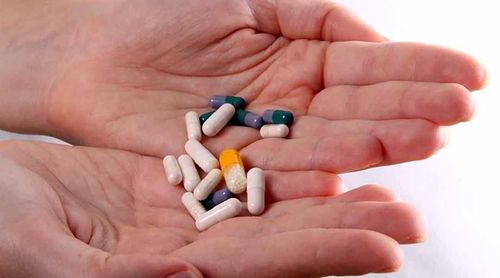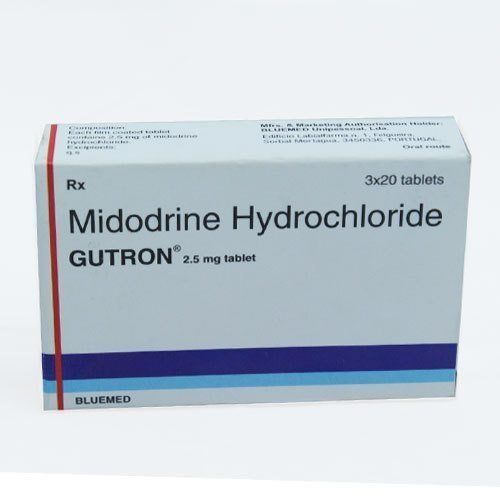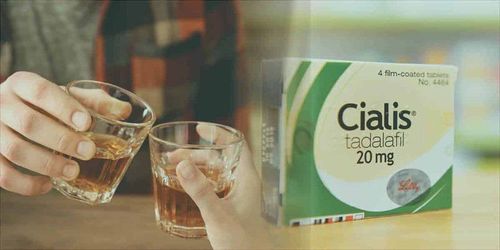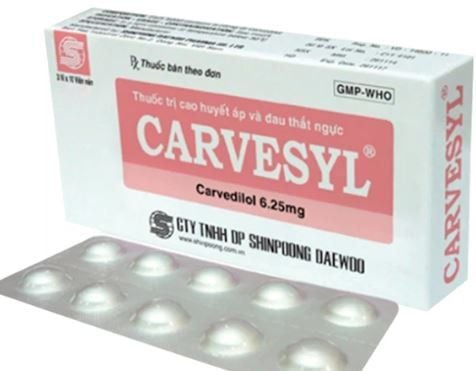This is an automatically translated article.
The article is professionally consulted by Master, Doctor Do Nguyen Thuy Doan Trang - Head of Extracorporeal Circulation Team - Cardiovascular Center - Vinmec Central Park International General Hospital.Orthostatic hypotension in the elderly is very common, accompanied by fainting symptoms, which significantly affects the quality of life. The cause of this condition is often related to blood pressure regulation and autonomic dysfunction. Therefore, a comprehensive examination and special focus on autonomic reflex disorders will greatly help in the diagnosis and treatment of this pathology.
1. What is orthostatic hypotension?
Orthostatic hypotension is an excessive decrease in blood pressure of a patient when changing positions such as when standing up, specifically a decrease in systolic blood pressure of more than 20 mmHg and/or a decrease in diastolic blood pressure of more than 10 mmHg. In addition, symptoms of fainting, dizziness, confusion, or blurred vision can last for a few seconds or even minutes when the patient stands up and disappear quickly when lying down.Manifestations such as shock, syncope or total convulsions are possible and are all related to the cause of orthostatic hypotension. It should be noted that orthostatic hypotension is not a separate disease but an abnormality in blood pressure regulation caused by many diseases.
2. How is orthostatic hypotension diagnosed?
In order to diagnose orthostatic hypotension, it is necessary to determine the duration and severity of symptoms, factors that cause disease onset such as medication, prolonged dehydration, and the correlation between symptoms and meals. Some problems with medical history to note include:Clearly identify the pathology that may be the cause of orthostatic hypotension, including: diabetes, Parkinson's disease, cancer (paraneoplastic syndrome). Thorough assessment of drug history to detect cases of misuse of prescription drugs, especially antihypertensive drugs and nitrates. A thorough family history of orthostatic hypotension may suggest a diagnosis of autonomic dysfunction.
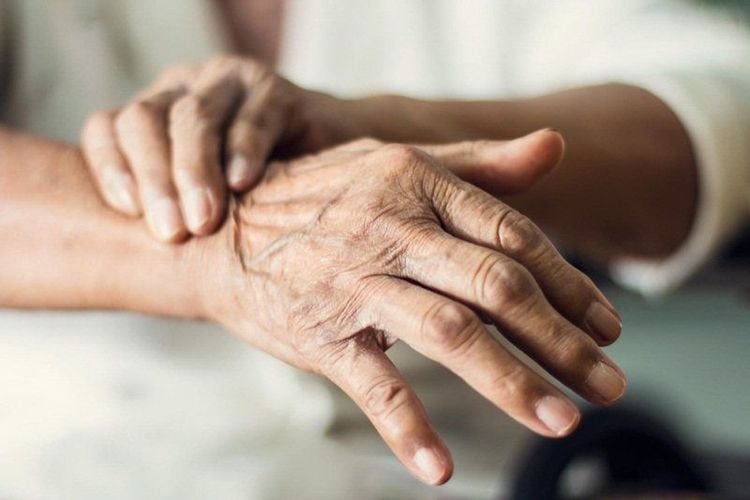
2.1. Clinical symptoms
The patient's blood pressure and heart rate will be measured after lying down for 5 minutes and after standing for 1-3 minutes. Orthostatic hypotension without compensatory increase in heart rate (increased less than 10 beats/min) would suggest autonomic impairment. Meanwhile, an elevated heart rate (over 100 beats/min) suggests hypovolemia or orthostatic tachycardia if a change in heart rate is present but no hypotension is present.Symptoms that may indicate the etiology of the disease include:
Symptoms of dehydration of the skin and mucous membranes: suggestive of Addison's disease Symptoms caused by impaired autonomic nervous system function include: impairment vision, dysuria, bedwetting, constipation, heat intolerance and erectile dysfunction. Black, smelly stools: suggestive of gastrointestinal bleeding Peripheral neurologic manifestations may suggest diabetes, alcoholism or paraneoplastic syndromes.
2.2. Subclinical symptoms
The “tilt table test” can be performed if autonomic dysfunction is suspected, thereby providing more reliable results than measuring blood pressure in both lying and standing positions, and excludes Eliminates the increase in venous return due to muscle contractions in the legs. In addition, norepinephrine or vasopressin (ADH) testing in both supine and standing positions may be needed to diagnose pure autonomic dysfunction.3. Treatments for orthostatic hypotension
Treatment of orthostatic hypotension includes pharmacological and non-pharmacological measures with the therapeutic goal of improving symptoms and function rather than raising blood pressure measurements.
3.1. Non-drug treatment
Patients should stop taking drugs that promote orthostatic hypotension such as tricyclic antidepressants, beta-blockers or diuretics. Reducing venous stasis: patients should avoid standing up too quickly or being immobile for a long time, standing cross-legged, squatting and actively tensing lower extremities. Use devices to reduce venous stasis: compression stockings around the waist or abdomen Increase central circulation volume through a diet with added salt, drink more water, raise the head 15-20 cm during sleep to Avoid excessive hypertension and diuretic effects during the night.3.2. Drug treatment
Fudrocortisone: when patients consume enough salt can help increase sodium reabsorption leading to increased circulating volume helps reduce symptoms. Midorine: has arterial and venous constriction but is not recommended for patients with coronary artery disease or peripheral artery disease. NSAIDs: May inhibit prostaglandin-induced vasodilation, thereby increasing peripheral resistance. L-Dihydroxyphenylserine: May be beneficial for patients with autonomic impairment Propanolol and other beta-blockers may potentiate the beneficial effects of a sodium-mineralocorticoid regimen. Orthostatic hypotension is an important clinical condition with high morbidity and mortality, especially in the elderly. Timely diagnosis and treatment of this condition will help patients have stable health and avoid dangerous complications later.With many years of experience in the examination and treatment of cardiovascular diseases, now Vinmec International General Hospital has become one of the major Cardiology centers, possessing a team of qualified doctors and nurses. , be trained. In addition, for early diagnosis of orthostatic hypotension, as well as many other cardiovascular diseases, Vinmec is also equipped with international standard diagnostic equipment and facilities, so it has the main diagnostic results. corpse. Thereby helping doctors advise effective treatment directions, ensuring a good quality of life for patients.
Please dial HOTLINE for more information or register for an appointment HERE. Download MyVinmec app to make appointments faster and to manage your bookings easily.





